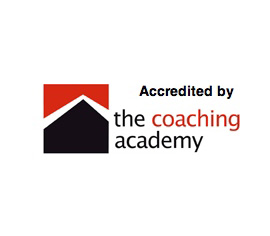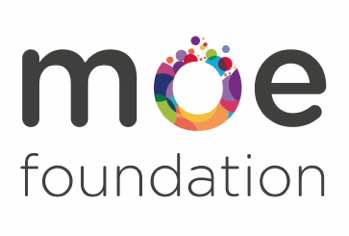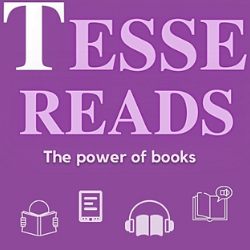Governance
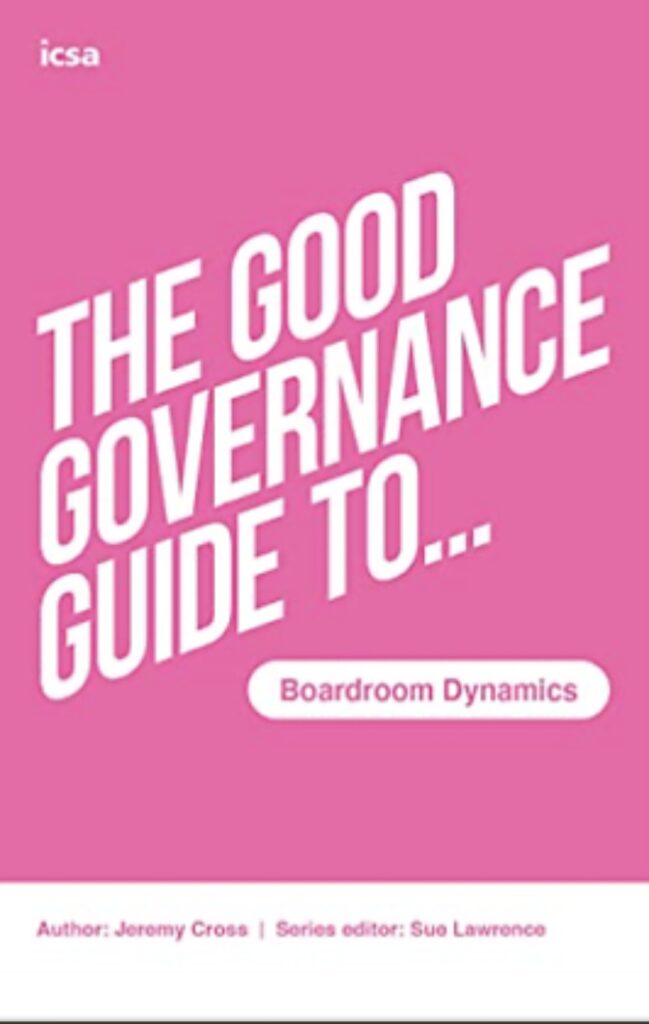
The Good Governance Guide To Boardroom Dynamics
Publishers: The Chartered Governance Institute (cgi.org.uk)
Author: Jeremy Cross
Series Editor : Sue Lawrence
Published : 2021
The dynamics within a board room are not the responsibility of any one person. All those connected to a board can strive to deliver success.
This book is a must for anyone interested in board dynamics. Jeremy Cross is able to relate to organisational and system design and successfully links this to the expanding arena of leadership. Organisational structures impact on board effectiveness and personal behaviours and dynamics of individuals reflect the impact of individual influence within the collective group that make up a board.
Theory and models are considered to explore the effectiveness and efficiency of the board. Dynamics within the boardroom are influenced not only by those appointed to the board but by those individuals who work alongside the board either within their designated role or as individuals aligned to one or more board members. We read about the invisible leader and the team coach, roles which recognize that a board can be effective not only through its own actions and interactions, but as a result of effectiveness and influence of those around it.
Boardroom dynamics refers to the interactions between board members individually and collectively in the boardroom. Board dynamics is the most vital aspect to understand the positive influence for success governance outcomes. Board dynamics includes boardroom dynamics and incorporates broader topics of culture internal boardroom dynamics influence, the influence of wider stakeholder systems external to the board and systemic stakeholder engagement. Wider stakeholder engagement is essential and it is the board that has the role of delivering success for all concerned.
Part one of the book focuses on the importance of board dynamics. Part two dwells on understanding board dynamics. Part three focuses on effecting change in the boardroom. The board can create an environment that fosters resilience. With the increasing need for resilience in the modern workplace to manage stress, the first-century governance professional is a ‘corporate athlete’.
A variety of influencing techniques leverage smart power to transform what may initially be seen as a task-based role into a position of considerable influence. Smart power is a potent type of power described as ‘the supreme exercise of power to get others to have the desires you want them to have’ . This kind of power is concerned with influencing others to change their perceptions so they intrinsically choose to do something emanating out of their own motivation.
This brilliantly written resource serves up practical advice, enhances understanding and provides expertise that allows the reader to influence boardroom performance and embrace the essentials and issues that affect board diversity, personal characteristics, emotional intelligence at a personal and collective level. In offering practical direction in how best to work with others, and ideas on how to manage talent, this book successfully intertwines personal and professional resilience with pointers to develop behavoural agility.

Battle on the Board
Author: Debbie Allcock Tyler
Foreword : Tesse Akpeki FCG
Published: October 2020
It’s a Battle on the Board (Foreward by Tesse Akpeki FCG)
Being knowledgeable and experienced as a trustee is important, but having the ability to interact effectively with fellow board members, that is where good governance really starts. Get it wrong and, very quickly, you’ve got a battle on the board.
A sample chapter from Its a Battle on the Board gives a flavour of what makes this book an essential tool for any board. Visit DSC to purchase Its a Battle on the Board
Debra Allcock Tyler’s approach to this challenging subject is characteristically engaging as she adopts a different ABBA tune as the theme for each chapter. Frank and real-life examples firmly to the fore, she mixes leadership theory with practical advice delivered straight from the shoulder.
What does it cover?
It includes:
- Understanding the trustee role
- Working with fellow trustees and the CEO
- Compliance and regulation
- Dealing with information and understanding the money
- The psychology of decision-making
- Managing risk and handling crisis
So, if you are a trustee or about to become one, you will benefit from the insights and hard-won wisdom distilled in this book. If you want to be the dancing queen (or king) of good governance and avoid a waterloo for your charity, then this book is for you.
Who is this book for?
Newly baked and established trustees and CEOs striving for harmony on the board. Also valuable for senior managers.
‘A book with a difference. It recognises that self-awareness and emotional, social and cultural intelligence are at the core of exemplary leadership.’
Tesse Akpeki, Fellow of the Chartered Governance Institute, Organisational Health and Person-centred Consultant and Founder of the Wellbeing, Leadership and Resilience Leadership initiative (from the Foreword)
‘Good governance is about more than process – it’s also about people. This book “written by a human being for human beings”, helps us put trust back into trustee relationships.’
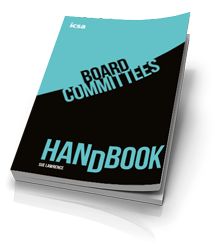
Board Committees Handbook
Author: Sue Lawrence
Published: March 2020
Board Committees Handbook is an excellent guide to implementing and running committees. The guidance analyses core committees that can be found in well run organisations. Helpfully it explores less commonly run committees and forum. Particularly enlightening are the case studies and practical advice. The hacks on implementation are wonderful pointers to complying with governance codes and regulations.
My favorite chapter is subsidiary boards. I found the comparison between committees and subsidiary board helpful. Writing about the role of a subsidiary board member was refreshing, as it is not often put in an accessible format.
“As with committees, transparency and clarity are key to having some semblance of consistency, transparency and clarity in managing subsidiary frameworks and the subsidiaries themselves. When appointment to subsidiary boards, care should be taken to understand the purpose of the subsidiary board, whether it is operational or dormant and what the practical requirements for board members will be in terms of the legal entity. Being appointed to a subsidiary is an opportunity for senior employees to have their first opportunity to contribute at board level. It is a beneficial way to introduce senior individuals to governance frameworks, senior decision making and leadership. It could be a source of committee members for the wider company. “
If you are involved in supporting boards or sitting on committees, this is the resource for you.
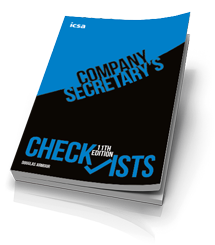
Company’s Secretary’s Checklists
11th Edition
Author: Douglas Armour
Published: October 2019
The Company Secretary’s Checklists is a guide for the most common secretary tasks and transactions.
Each checklist provides a steer through a range for common tasks such as appointing and removing directors, preparing for company meetings, Director duties , General meetings, gender pay gap reporting, notice periods, insolvency and winding up.
Setting out The Wates Corporate Governance Principles is helpful as is the guidance on stakeholder relationships and engagement.
Each entry includes an introduction, an explanation and a checklist of points for consideration. This serves as a quick reference and increases accessibility.
This is definitely a well thought through resource for the busy governance profession and for any company secretary.




